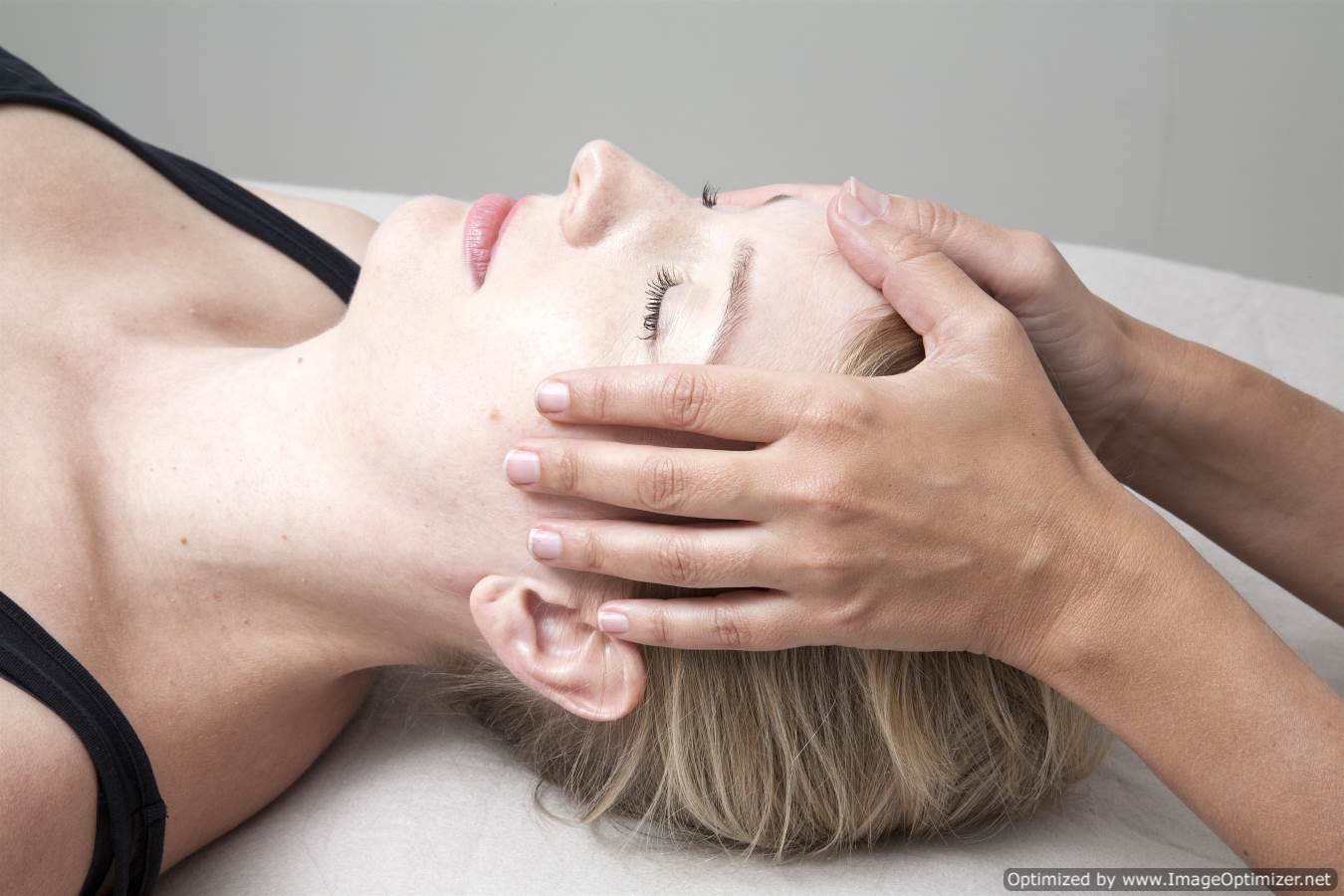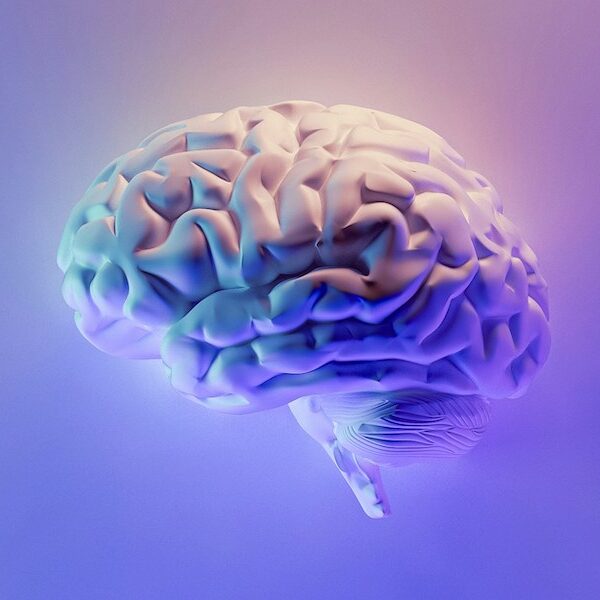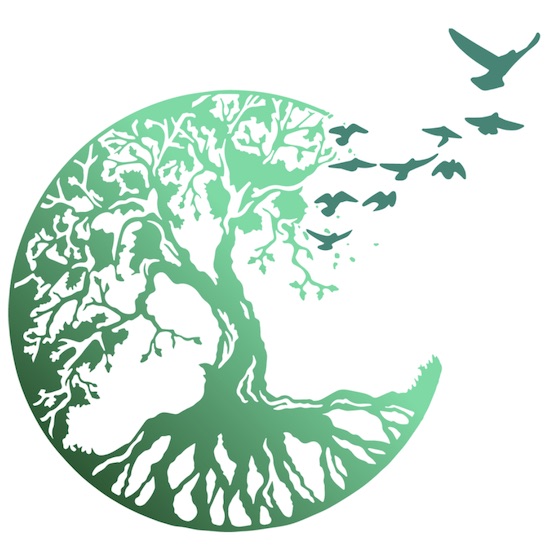Craniosacral Therapy Treatments in Worcester
Craniosacral Therapy (CST) is a gentle, yet profound, hands-on treatment designed to enhance the body's natural healing processes and improve overall health.
Craniosacral Therapy is rooted in osteopathic medicine
Craniosacral Therapy was developed in the early 1900’s by Dr William Garner Sutherland, an American Osteopath whose pioneering research provided a new insight into the specific interaction of cranial bones, connective tissue and the deeper rhythms of health in the body. He felt that traditional Osteopathy was often too harsh and manipulative. By "allowing" and listening deeply to the natural tissue and fluid rhythms, the body let go of deeper held tensions and blockages, allowing the restoration of health and improvement of well-being throughout.

How Does Craniosacral Therapy Work?
Our bodies are always trying to stay healthy, but sometimes they get stuck and need assistance to get back to normal. Craniosacral Therapy (CST) is a light, non-invasive, yet profound touch. I "listen" to the body's rhythms and detect subtle movements in the system. This helps release tension; blockages may start to flow; parts of the body that have needed to "disappear" to keep safe, from physical or emotional trauma, may begin to come back into communication with you. You may feel tingling, movement, warmth or unwinding sensations. At the very least, I would hope for a deep sense of ease, relaxation and wellbeing as the body starts to let go of deep holding. This letting go can help alleviate pain, reduce stress, and enhance physical and emotional health.

What to expect during a Craniosacral Therapy treatment
A Craniosacral Therapy session lasts for around 50 minutes. At the first session I will ask about your medical history, current health concerns, and reasons for seeking Craniosacral Therapy. For the treatment, you remain fully clothed and usually lie down on your back, or side, or remain seated in a chair.
I will use gentle touch at various places on your body, usually starting and ending at your feet, to promote a sense of ease and relaxation. Craniosacral Therapy uses the body's innate power to release tension, rebalance the nervous system, restore balance and promote health.
What to expect after a Craniosacral Therapy Treatment...
This will be different from person to person and whether the issue you want addressing is chronic (had it a long time) or is acute (not had it long). Generally speaking a series of six sessions, or more is recommended for chronic issues and perhaps only one or two sessions for something acute in nature. Most people notice improvements from the first session and may only need a few sessions to sort things out. I personally see my therapist monthly or quarterly to keep myself "topped up" and in balance.
Benefits can come in a variety of ways:
Feeling calmer in stressful situations
Increased sense of relaxation and wellbeing
Reduction in musculo-skeletal pain
Feeling happier and more settled
Reduced stress
After a treatment I would recommend giving time and space for the body to adjust. Go for a little walk before driving home, as your body may feel quite quiet. Keep well hydrated, as CST works with the fluids and fluid nature of the body. Rest as much as you need.

Craniosacral Therapy offers a unique approach to holistic health, emphasizing the body's capacity for self-healing.
CST aims to enhance overall well-being and address a variety of physical and emotional conditions. If you're seeking a gentle, non-invasive therapy to support your health, CST may be a valuable addition to your wellness regime.
Benefits of Craniosacral Therapy
Craniosacral therapy is often sought for its potential benefits in treating various conditions, including:
1. Chronic Pain: CST can help alleviate persistent pain, including headaches, migraines, and neck and back pain, by addressing underlying restrictions in the craniosacral system.
2. Stress and Tension: The calming nature of CST promotes deep relaxation, which can reduce stress and tension, leading to improved mental clarity and emotional stability.
3. Sleep Disorders: Many individuals report better sleep patterns following CST sessions, as the therapy helps regulate the nervous system.
4. Trauma Recovery: CST is sometimes used to support recovery from physical and emotional trauma, offering a gentle approach to releasing stored tensions and facilitating healing.
5. Neurological Conditions: Conditions such as autism, learning disabilities, and sensory processing disorders may benefit from CST, as it aims to enhance neurological function and balance.
Who is Craniosacral Therapy For?
Craniosacral Therapy is suitable for all ages, and is particularly beneficial both before, during and after experiencing periods of prolonged stress; such as moving house, divorce or separation, bereavement, trauma, surgery, dental work, exams and job interviews.
Babies are often recommended to have Craniosacral Therapy to help alleviate colic, sleep problems and behavioural problems, such as restlessness and hyperactivity.
More and more children and young adults are masking or suffering from anxiety, depression and other serious mental health conditions. Craniosacral Therapy sessions around key aspects of the child's life: such as moving school, bullying, exam stress, parental stress/separation/divorce and sibling changes, may help with the transitions.
Children and Adults diagnosed or suspected to have Neurodiversity, Specific Learning Differences, ADD, ADHD, Autism may benefit from this gentle, non-invasive and non-verbal form of therapy.



